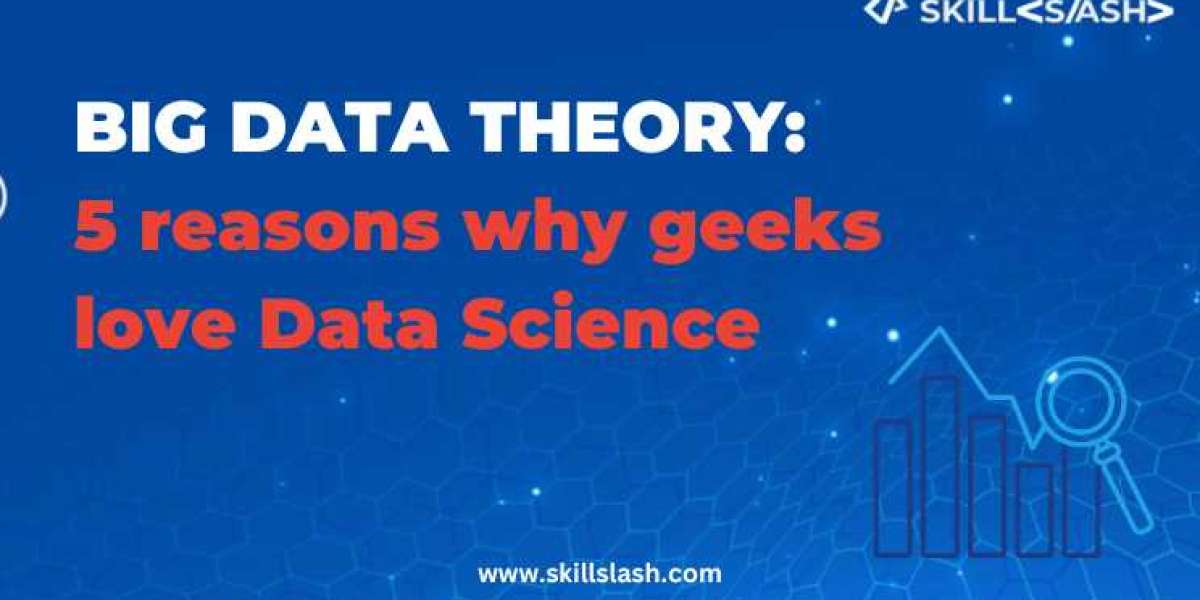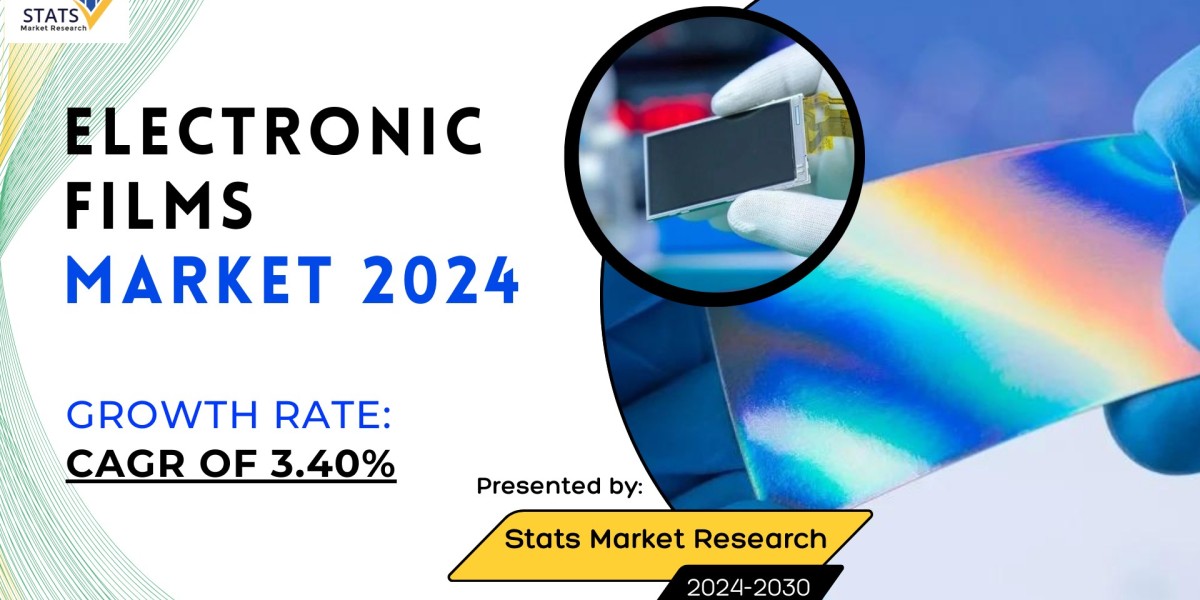Introduction
Data Science is an interdisciplinary subject that focuses on extracting knowledge from massive amounts of data. The discipline includes analysis, data preparation for analysis, and presenting findings to inform high-level organisational choices. As a result, it requires knowledge in computer science, mathematics, statistics, information visualisation, graphic design, and commerce.
Because of the expanding breadth of data, data science emerged as a multidisciplinary IT discipline, and data scientist positions are among the most demanding in the twenty-first century. Data analysis and data science assist us in ensuring that we receive answers to queries posed by data. Data science, or data analysis, is vital because it allows us to uncover meaningful information from data, answer questions, and even forecast the future or the unknown. It extracts information and insight from massive amounts of data using scientific methodologies, processes, algorithms, and the framework.
Reasons why Geeks Love Data Science
Below are 5 great reasons why Geeks (and enthusiasts) love Data Science:
- Identifying the research objective - Understanding the company or activity in which our data science project is embedded is critical to its success and the first component of every successful data analytics project. The first job is to define the what, why, and how of our project in a project charter. Now is the time to sit down and create a schedule and concrete key performance metrics to kick-start our data endeavour!
- Retrieving data - Finding and gaining access to the data required for our project is the next stage. An excellent data project is made by combining and integrating data from as many data sources as possible, therefore look as far as you can. This information is obtained either internally or via a third party. So, here are a few options for obtaining usable data: connecting to a database, using APIs, or seeking open data.
- Data exploration - Data exploration entails delving deeper into our data using descriptive statistics and visual tools. One example is enriching our data by adding time-based features like extracting date components (month, hour, day of the week, week of the year, etc.), calculating disparities between date columns, or flagging national holidays. Another method of enriching data is to connect datasets, which involves collecting columns from one data-set or tab and inserting them into a reference data-set.
- Presentation and automation - Presentation and automation entail presenting our findings to stakeholders as well as industrialising our analytical method for re-use and integration with other technologies. When working with massive amounts of data, visualisation is the most effective approach to examine and convey our discoveries, and it is the next phase of our data analytics project.
- Data modelling - Using machine learning and statistical tools to enhance our project aim and forecast future trends is the next stage. We may develop models using clustering algorithms to reveal trends in data that were previously undetectable using graphs and statistics. These form groupings of comparable occurrences (or clusters) and more or less explicitly state which attribute is important in these outcomes.
Conclusion
Although people have dubbed the Data Scientist the sexiest job of the twenty-first century, we must agree that data scientists are still identified with geeks (or nerds) by the general public, which of course, isn't completely justified. Learning Data Science such that you can use it in real-time is also a challenge nowadays, especially in a world where being affiliated with Data Science course in Bangalore and Full stack developer course in Hyderabad is synonymous with being a geek. Skillslash courses, which are strong in project-based learning, may be valuable in this regard. Students benefit from the courses by gaining Real Work Experience, which includes working on real projects for start-ups and worldwide organisations, as well as getting direct certification from IT corporations for their work experience.



